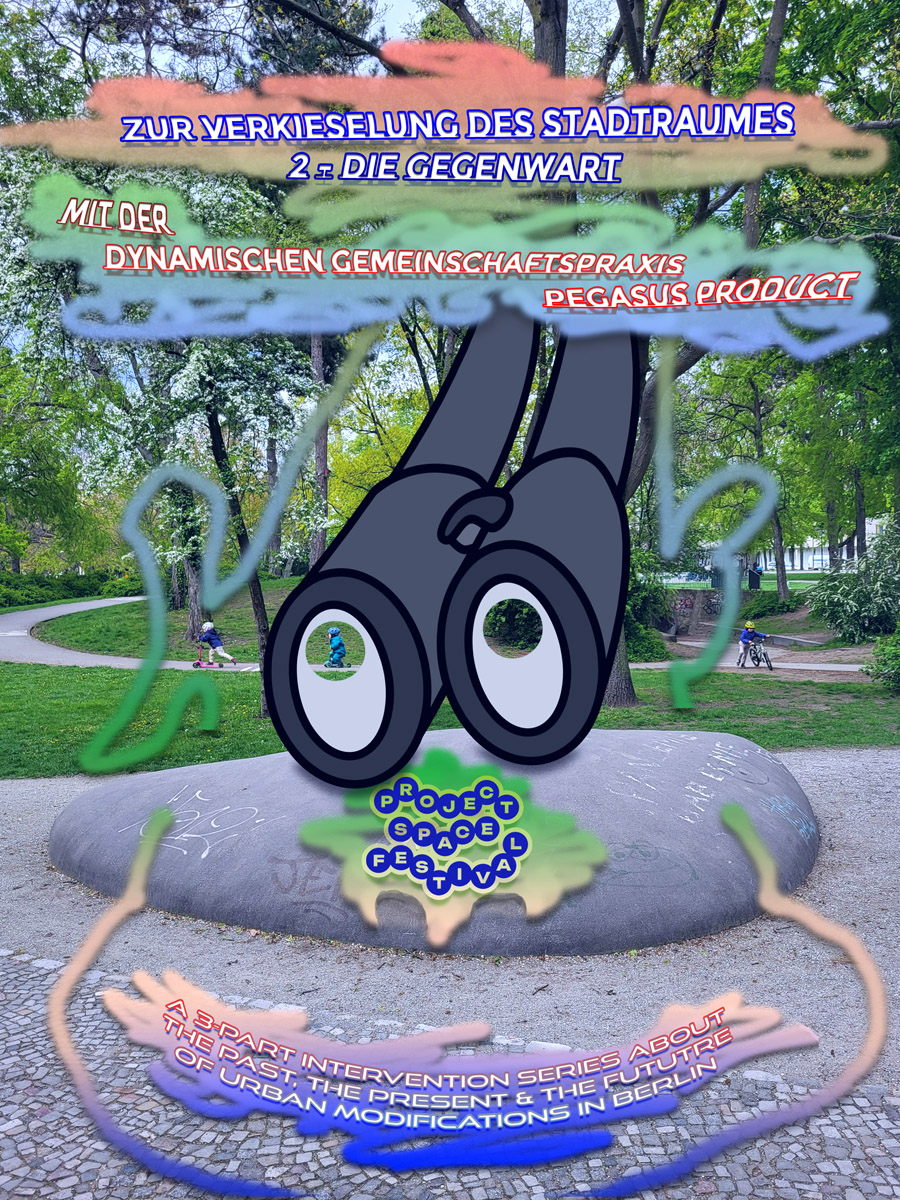
An intervention in the public space
of Kleiner Tiergarten
with a site-specific contribution
by
Pegasus Product
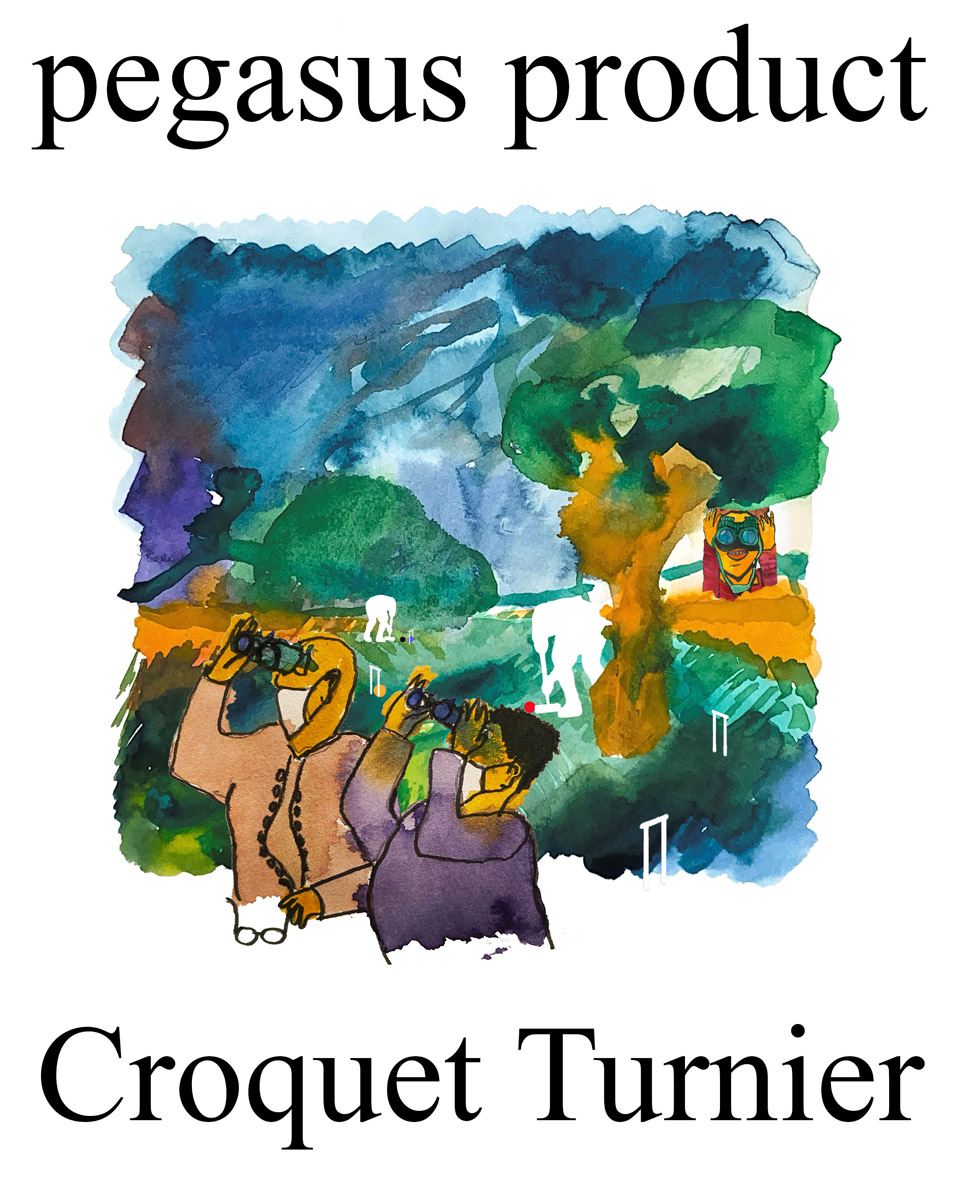
Become a winner at our Croquet Tournament!
The tournament takes place on the occasion of the intervention series Zur Verkieselung des Stadtraumes and is part of the Project Space Festival Berlin 2024.
You can win an original Pegasus Product sculpture!
Take part in the tournament or follow the exciting event! The intervention will be accompanied culinary by Mobile Menu #19 - Flat Boulette and will be held in cooperation with the local café-bakery Baker's in Turmstraße.
Register now via email to info@pegasusproduct.run or Instagram and enjoy the feeling. Participation is of course also possible on the day of the tournament.
Dresscode: senior Freizeit
16.06.2024, 2-8 pm
@ Kleiner Tiergarten/ Berlin
@ seating pebbles
inside the park
near to Turmstraße/ Ecke Thusnelda-Allee
10551 Berlin-Moabit
Click here for exact location on maps
Geodaten : 52.526114,13.338028 oder G8GQ+C6R
5 minutes walk from U-Bahnhof Turmstraße
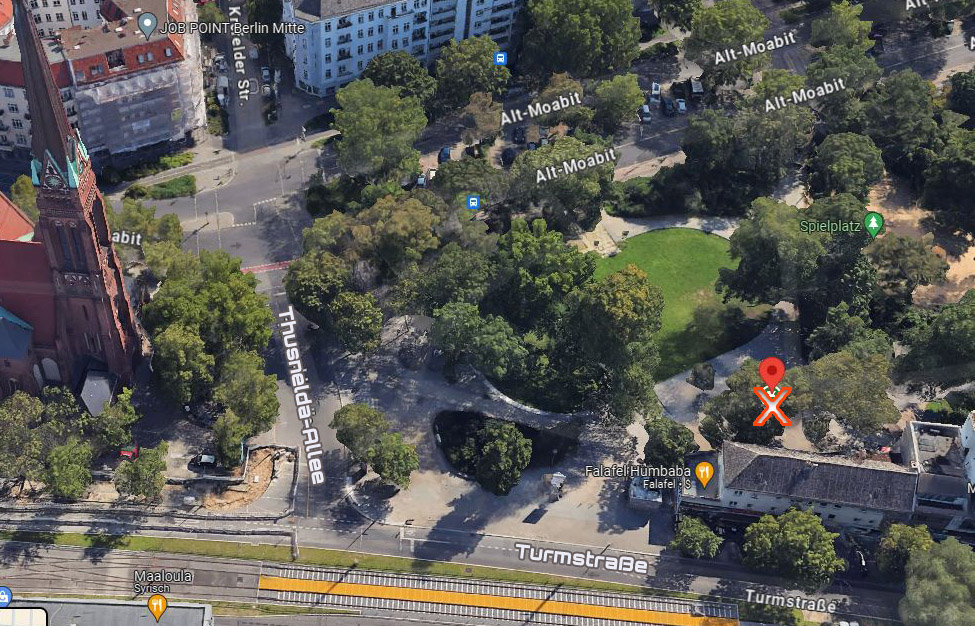
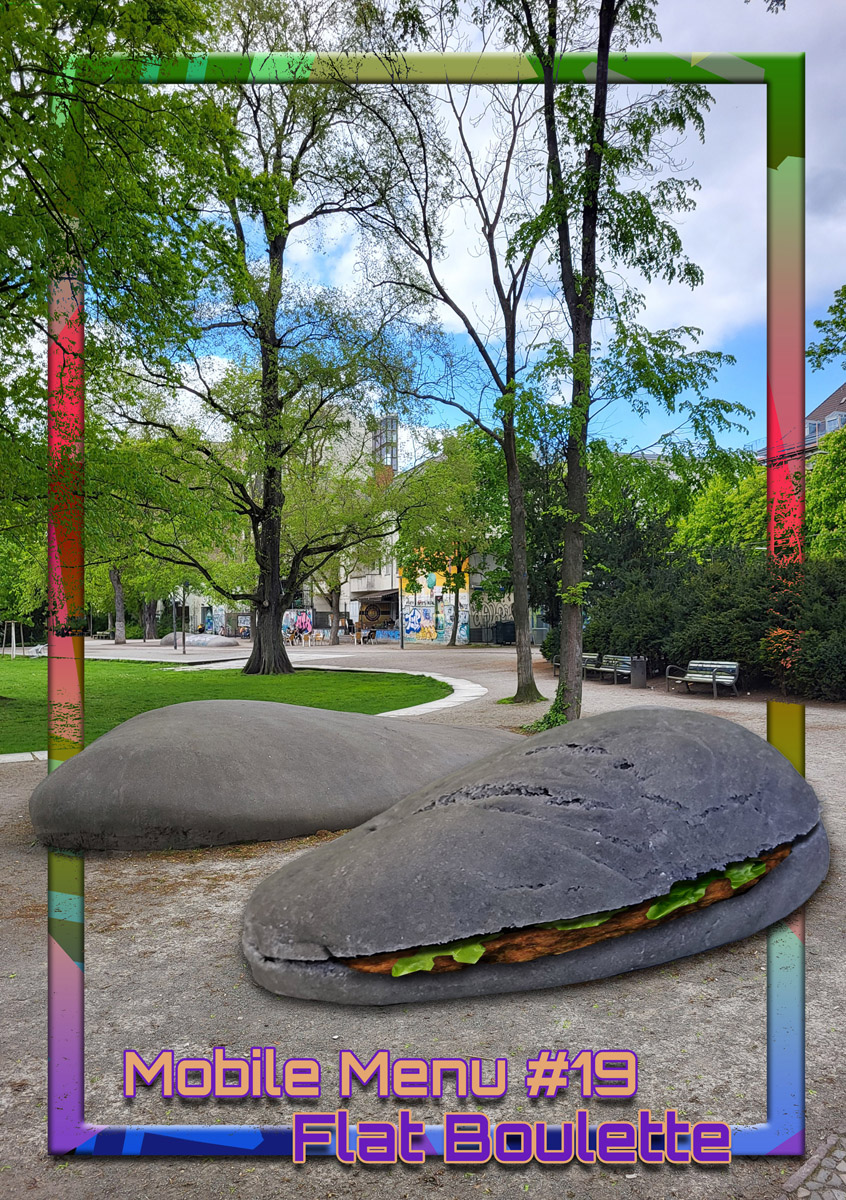
as part of
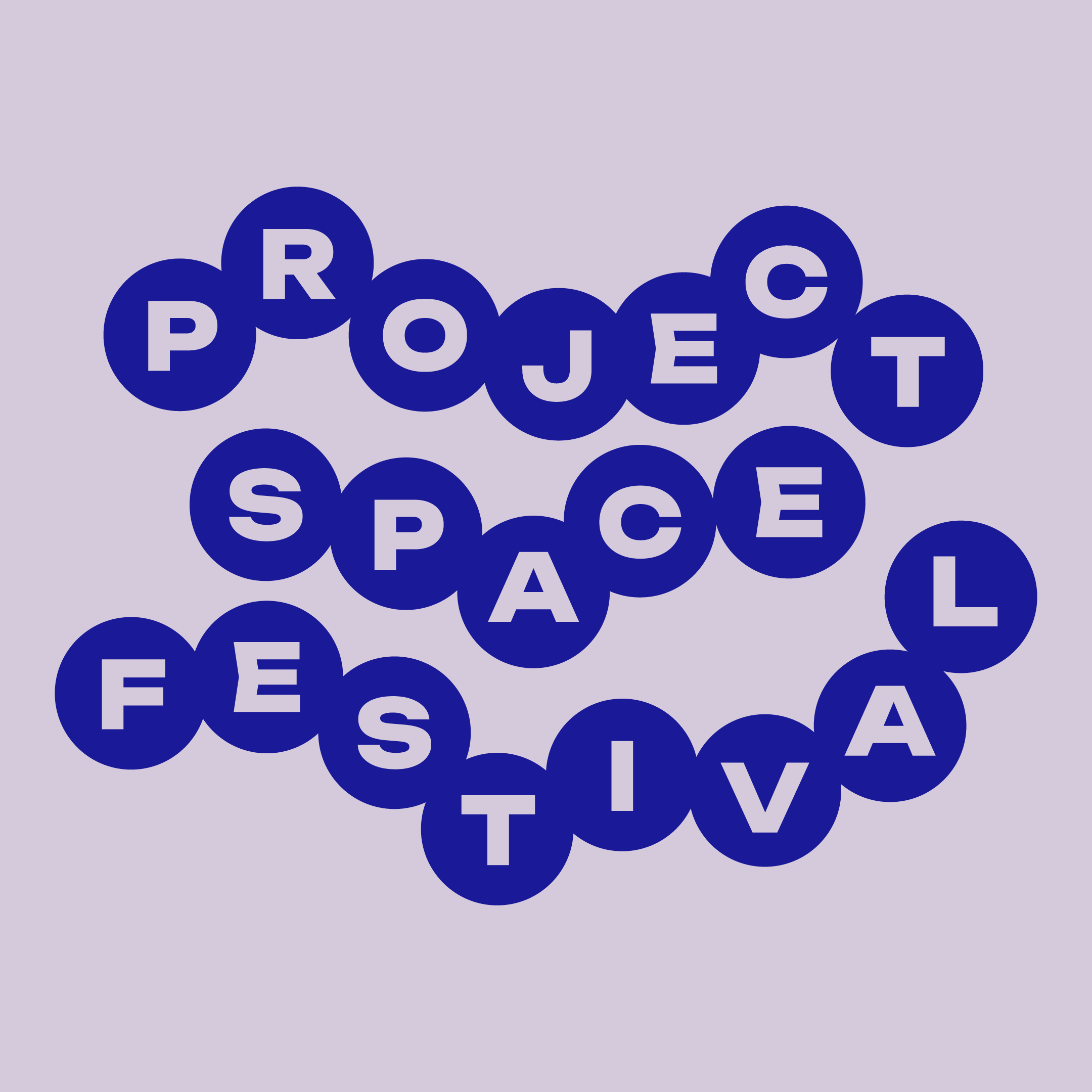
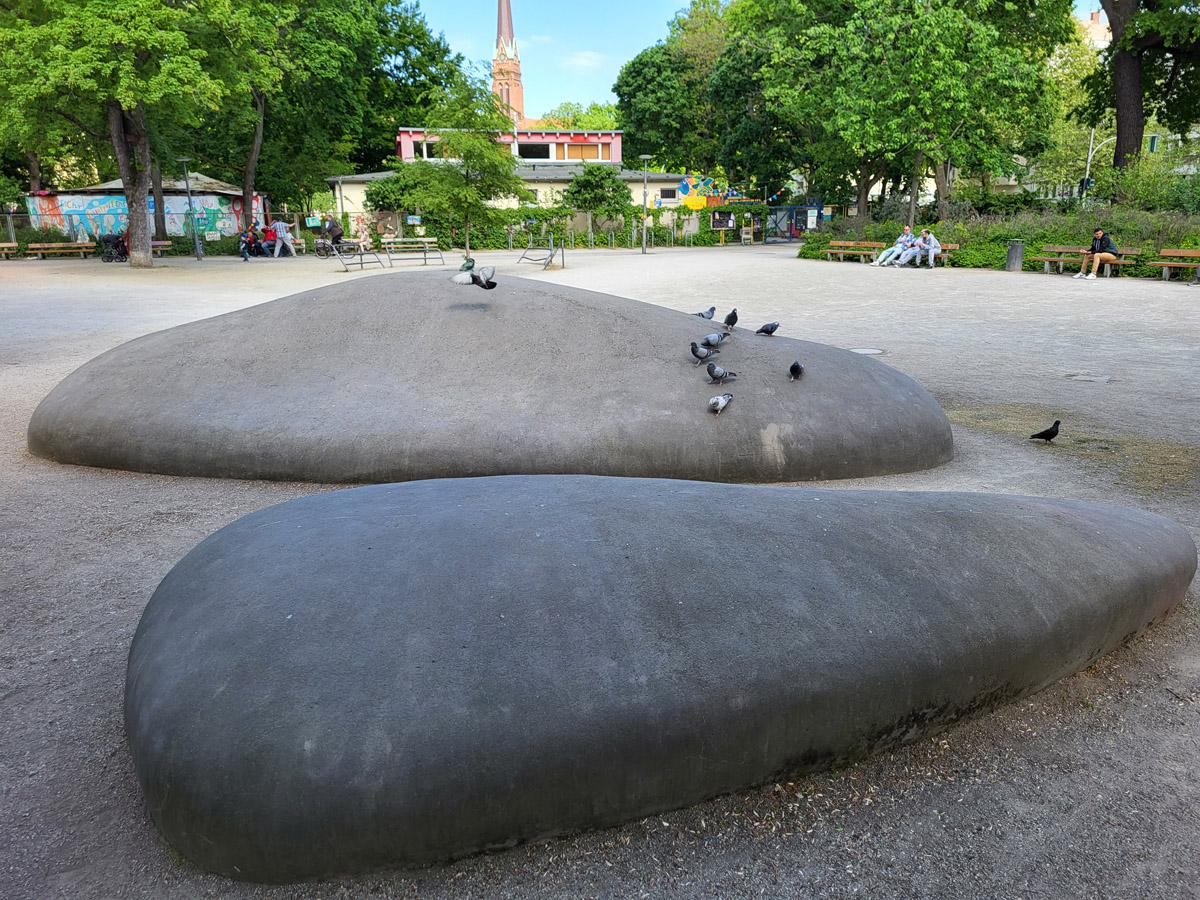
In the second part of the public space intervention series Zur Verkieselung des Stadtraumes, stay hungry presents a site-specific work by the dynamische Gemeinschaftspraxis Pegasus Product, which deals with the so-called Sitzkiesel (seating pebbles) located in Kleiner Tiergarten and their ambivalent history of emergance and reception in the context of the last successive modifications of the site between 2011-16 and artistically examines their social and local effects in the form of an alternative reactivation of those seating pebbles and the immediate surroundings.
The intervention will take place in Kleiner Tiergarten (at the seating pebbles near Turmstraße/corner of Thusnelda-Allee) as part of the Project Space Festival 24 and invites interested visitors to explore the area and the activities taking place there on 16.06.2024 from 2-8 pm. The intervention will be accompanied culinary by Mobile Menu #19 and will be held in cooperation with the local café-bakery Baker's at Turmstraße 85.
About Zur Verkieselung des Stadtraumes
Zur Verkieselung des Stadtraumes examines on the basis of three selected sites in Berlin, each symbolizing a temporal perspective of change - the past, the present and the future - those significant but also silent modifications of urban architecture by city planning measures and their influence on the people who inhabit them. For this purpose places are selected that offer potential for reflection on the achievements and failures of transformation processes through their specific histories of origin. The linking and merging of local historical, cultural and urban political parameters from different temporal perspectives found in such processes play a central role for the project and form the basis of the artistic contributions and investigations.
The transformation of urban landscape and architecture is an essential part of the formation and formulation of urban space and the basis for the continuation of cultural as well as social development of an urban society, which in its process of emergence and the nature of its intentions, however, also holds potential for conflict.
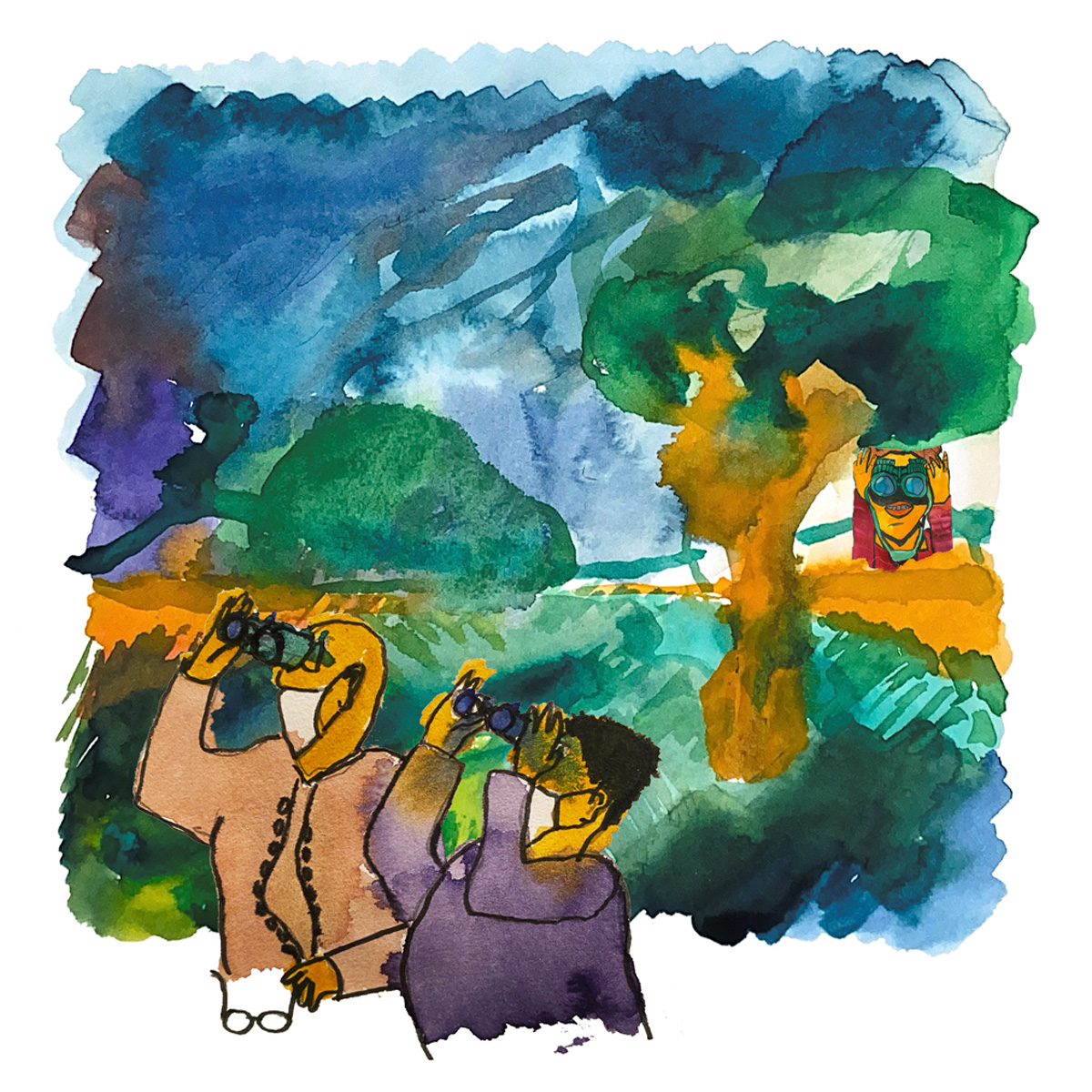
Zur Verkieselung des Stadtraumes
2- Die Gegenwart
At the center of Pegasus Product's intervention is the everyday moment, which is permanently present in a publicly accessible place such as a park, in which one slips into the role of both the observer and the observed. The reciprocal nature of observing and being observed creates a dynamic interaction based on subtle social norms and expectations. This dynamic is not limited to interpersonal interactions, but also extends to interaction with the environment. The park becomes a space for encounters and silent communication, where glances and gestures speak a universal language.
Pegasus Product, which is made up of Gernot Seeliger, Anton Peitersen and Dargelos Kersten, deals with (often stereotypical German) phenomena of everyday life and history in their mostly expansive works and activities, shifting them by weaving new levels of meaning into works that often seem absurd at first, but are always thought-provoking in the second step. By combining different artistic media and techniques, they create immersive worlds that stimulate the senses to see the familiar in a new way, thereby transcending the boundaries of convention and experiencing new contexts of meaning.
***
About the history of Kleiner Tiergarten
At its first mention by name in 1655, the Kleiner Tiergarten was still a good distance outside the city and was part of a larger forest and meadow area that stretched west of Berlin's city walls and served as a hunting ground for Kurfürst Friedrich Wilhelm. This hunting ground was known as Großer Tiergarten and today's Kleiner Tiergarten was a separate part of it. In the course of the 19th century, the urbanization and industrialization of Berlin began and the formerly rural areas were increasingly built on. However, the Kleiner Tiergarten remained a green space and underwent a phase of redesign and expansion under the direction of the Prussian garden director Peter Joseph Lenné. Under his supervision, numerous paths were laid out, trees planted and ponds created to beautify the park and make it more attractive for visitors, as the city council recognized the need to create and maintain public parks as “green lungs” for the rapidly growing city.
During the Second World War, the Kleiner Tiergarten suffered considerable damage and was gradually restored after the end of the war, serving the population as an important recreational space in the middle of the destroyed city. In the 1960s and 1970s, further redesigns were carried out, introducing new elements such as playgrounds, lawns and walking paths. The aim was to make the park more modern and functional without losing its historical structures.
In the 2010s, the Kleiner Tiergarten underwent another comprehensive redesign with the aim of modernizing the park and adapting it to the contemporary needs of the population. These measures were initiated by the Senate Department for Urban Development and the Environment and aimed to improve the quality of life and safety in the park, as it had become more and more neglected in previous decades and attracted what the administration considered to be an increasingly problematic drug scene. The central measures included upgrading the paths, creating new play and sports areas and the large-scale redesign of green spaces with the associated removal of old trees in order to create an attractive and open park for all user groups.
A particularly controversial element of the redesign were the so-called Sitzkiesel (seating pebbles), unusually shaped concrete seating elements that were distributed throughout the park. These seating pebbles were intended to embody a modern, urban design and offer park visitors new opportunities to linger. Despite the positive intentions, the seating pebbles caused considerable resentment among residents and users of the park. Criticism focused primarily on the appearance and practicality of these seating areas. Many found the stones uncomfortable and impractical, especially for older people and families with children. There was also criticism that the seating pebbles were hardly usable in winter and summer due to their cold or hot surfaces. These factors led to the perception that the seating pebbles were more of an aesthetic experiment than a functional enrichment.
The protests against the seating pebbles and the cutting down of the trees were varied and vehement. Residents' initiatives and user groups organized meetings and demonstrations to express their displeasure. Numerous complaints and suggestions for improvement were voiced in public discussion forums, through the press and on social media. Critics argued that the planners of the remodeling had not sufficiently taken into account the actual needs and wishes of park visitors and called for the measures to be withdrawn or at least adapted. Ultimately, the criticism led to those responsible addressing some of the concerns and making adjustments to create a more attractive and accessible park for all user groups.
The Kleiner Tiergarten in Berlin is an example of how urban green spaces have had to be adapted to new social and ecological requirements over the centuries. The history of the park reflects the changing priorities in urban planning, from baroque garden art to the horticultural visions of the 19th century to the current challenges of urban modernization and citizen participation. The controversy surrounding the seating pebbles in the Kleiner Tiergarten shows how urban modernization projects can face resistance despite good intentions if the needs of the affected population are not sufficiently taken into account. This highlights the importance of dialog between urban planners and citizens in order to develop viable and accepted solutions.